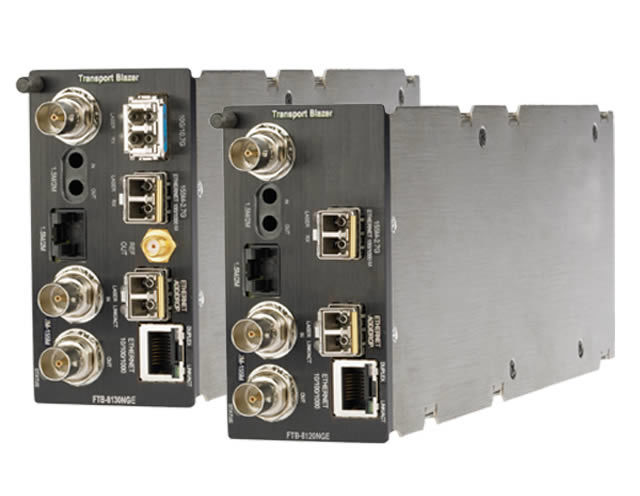next-generation multiservice test module
- Discontinued date: 3/31/2017
- End-of-service and support date: 3/31/2022

All products
next-generation multiservice test module

next-generation multiservice test module



